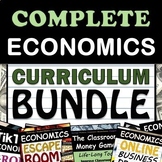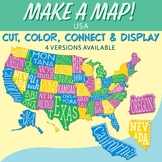7 results
U.S. History cultural activities for Easel Assessments
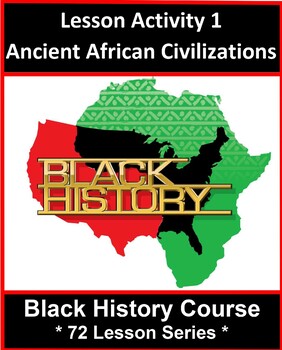
Activity 1: Ancient African Civilizations_Middle & High School Black History
This passage is about the ancient Ghana, Songhai, and Mali empires. Long before the colonial period, there were great African kingdoms whose rulers presided over magnificent courts. Their merchants traded in gold, salt, and other goods with faraway countries, often traveling vast distances over caravan routes across the plains and deserts. African American Black History Course_Lesson Activity 1: Ancient African Civilizations· Lesson 1 in the 72-part course series
Grades:
6th - 12th
CCSS:
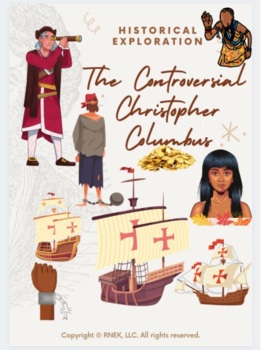
The Controversies of Christopher Columbus - Indigenous People's Day Columbus Day
The lesson of Christopher Columbus with today's perspective of stating the pros and cons as well as reviewing the history of Columbus' voyages and contributions. This lesson ends on a positive note and what we can learn from not only Columbus but from other controversial explorers and men who may have performed misdeeds.FOR THE SPANISH VERSION CLICK HEREThis lesson is NOT focused on one angle...that Columbus was a "bad" guy. All points will be covered and therefore this mini-lesson is appropriat
Grades:
Not Grade Specific

Activity 3: Enslavement & Slave Codes_Middle & High School Black History Course
Slaves were exported from Africa to many places in North and South America until 1865. By 1830 slavery was primarily located in the South, where it existed in many different forms. African Americans were enslaved on small farms, large plantations, in cities and towns, inside homes, out in the fields, and in industry and transportation.African American Black History Course_Lesson Activity 3: Enslavement and Slave Codes· Lesson 3 in the 72-part course series
Grades:
6th - 12th
CCSS:
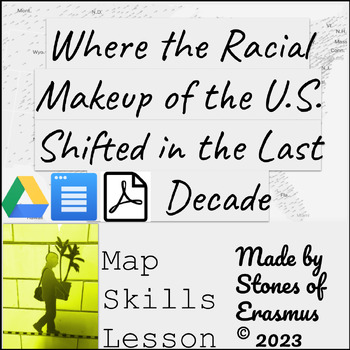
Changing Racial Makeup of the US: Analyze Census Data with a Map Skills Lesson
I use this ready-to-go lesson and activity as a larger part of a middle or high school social studies lesson on diversity and American identity. Using data compiled from 2010 and 2020 United States Census Bureau and The New York Times, you and your students can look more closely at the shifting racial and ethnic makeup of the United States over the past forty years. This resource includes the following features:Includes Both Print & Digital Version (PDF & Google Workspace)Teacher's Notes
Grades:
8th - 11th
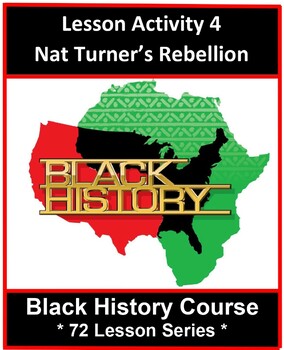
Activity 4: Nat Turner’s Rebellion_Middle & High School Black History Course
Nat Turner's Slave Rebellion occurred in 1831. Turner's force eventually consisted of more than 40 slaves, most on horseback. The force was discovered and captured on October 30th. While in jail awaiting trial, Turner spoke freely with whites about the revolt. The Confessions of Nat Turner was published within weeks of the Turner’s execution on November 11, 1831, and remains one of the most important sources for historians working on slavery in the United States. African American Black History
Grades:
6th - 12th
CCSS:

Activity 2: Transatlantic Slave Trade_Middle & High School Black History Course
The Transatlantic Slave Trade represented the largest forced migration of people in human history with the transfer of 12-20 million Africans to the Americas between the 16th to 19th centuries. For 366 years, European slavers loaded millions of Africans onto Atlantic slave ships. About 11 million survived the Middle Passage to landfall and life in the Americas.African American Black History Course_Lesson Activity 2: The Transatlantic Slave TradeLesson 2 in the 72-part course series
Grades:
6th - 12th
CCSS:
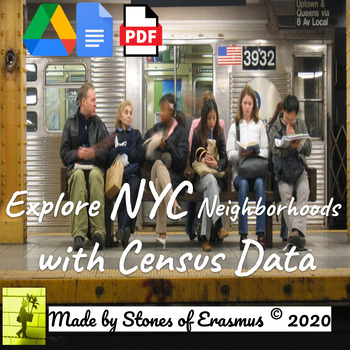
Understanding NYC Ethnic Communities: Census Data & Map Skills Lesson
Explore the Vibrant Diversity of New York City's Neighborhoods! Dive into this engaging lesson, perfect for middle and high school social studies, to discover the changing racial and ethnic landscape of NYC. Students will uncover the most and least diverse neighborhoods using data from the 2010 U.S. Census and insights from The New York Times. What areas have the largest ethnic minority populations? How have communities like the Dominican, Puerto Rican, Pakistani, Bangladeshi, Chinese, and India
Grades:
8th - 11th
Showing 1-7 of 7 results

